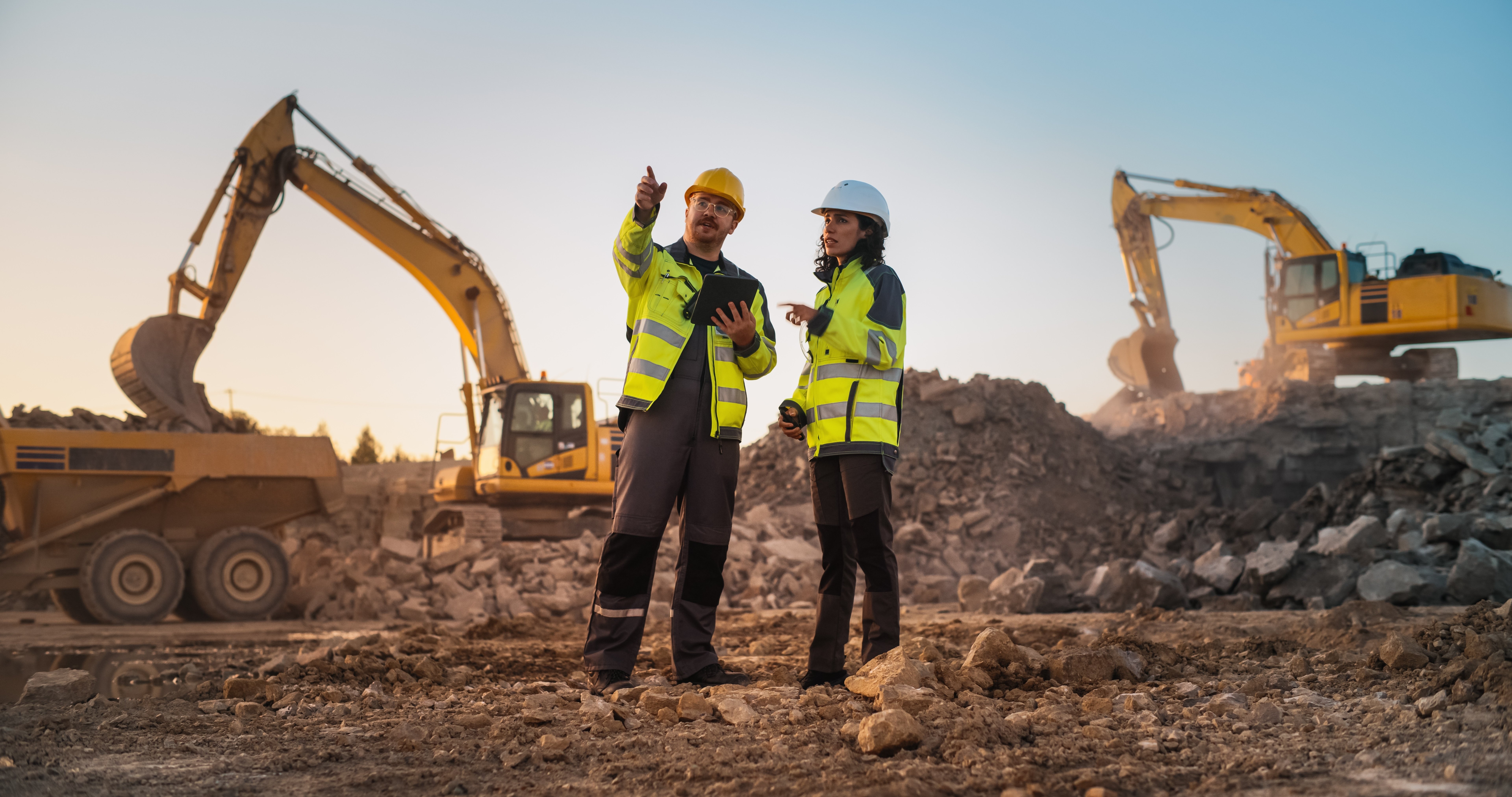Contents
Tips for Managing EHS With an Aging Workforce
18 April 2023
The concern around the impact an aging workforce has on the EHS space has been growing greater in recent years. As more workers approach retirement age and continue working into their 60s and 70s, risks associated with age-related health issues have become more prominent. These risks range from physical limitations like reduced mobility, decreased strength and diminished hearing and vision, to cognitive decline-related risks like reduced memory, attention and decision-making capacity.
Employers must find solutions to the challenges these risks present. Because the reality is many workers are choosing, and will continue to choose, to work longer – either because they want to or because they need to. This will continue to present unique concerns for employers in terms of managing EHS and mitigating risk.
In this post, we will discuss the challenges of managing EHS with an aging workforce, why this is different from how it has been in the past and offer tips for EHS professionals and managers for keeping aging workers safe.
Challenges of managing EHS with an aging workforce
As workers age, they are more susceptible to injuries and illnesses, such as musculoskeletal disorders, vision and hearing loss and chronic diseases like diabetes and heart disease. Their increased experience levels and eye for caution means they are less likely to experience workplace injuries, but when injuries do occur, the higher likelihood of comorbidities means they will take longer to recover.
This can lead to more workers compensation claims, lost productivity and lowered morale. Additionally, older workers may have different work preferences and may be less willing to adapt to new technologies or work practices, which can create resistance to change.
Managing EHS with an aging workforce requires a more nuanced approach to workplace safety. While some hazards are universal, like slips and falls, older workers may have specific needs that require special attention. For example, older workers may need more breaks to prevent fatigue or may require ergonomic modifications to their workstations to prevent musculoskeletal disorders.
Why managing EHS with an aging workforce is changing
In the past, workers typically retired in their early 60s. But as the baby boomer generation ages, the workforce is getting older. According to this study from the Bureau of Labor Statistics, the percentage of workers aged 55 and over has increased from 12.4% to 23.1% between 1998 and 2018; that figure is projected to grow to 25.2% by 2028.
When the percentage of older workers was lower, employer adaptations were minimal. But as that percentage continues to grow, more and more accommodations must be implemented to guarantee the safety of all employees.
As new technologies and work practices emerge, EHS professionals and managers will need to find new ways to integrate these into their EHS programs to engage older workers and keep them safe.
Tips for managing EHS with an aging workforce
EHS professionals and managers need to take a proactive approach when managing an aging EHS workforce. Here are some tips to help keep aging workers safe:
1. Conduct a hazard assessment: Identify the hazards present that are specific to older workers and develop strategies to manage them.
2. Offer training: Provide training on safe work practices and hazard recognition to help older workers stay safe.
3. Promote health and wellness: Encourage healthy behaviors such as exercise, healthy eating and regular check-ups.
4. Modify workstations: Make ergonomic modifications to workstations to prevent musculoskeletal disorders, such as anti-fatigue mats at workstations to alleviate the muscular and joint pain an aging workforce might struggle with when standing for long periods.
5. Provide personal protective equipment: Provide appropriate personal protective equipment to mitigate hazards such as noise, dust or vibration.
6. Be flexible: Be willing to adjust work schedules or offer accommodations to older workers to prevent fatigue, manage chronic conditions and adapt schedules to maximize output.
7. Make safety a key part of company culture: Integrate EHS procedures into the daily habits of managers and workers to ensure that safety is at the center of workplace culture.
Managing EHS with an aging workforce presents a unique challenge for EHS professionals and managers. However, by taking a proactive approach and implementing strategies to manage the specific hazards associated with an older workforce, employers can help keep workers safe and healthy.
By conducting hazard assessments, offering training, promoting health and wellness, modifying workstations, providing personal protective equipment, being flexible and fostering a culture of safety, employers can create a safe and healthy workplace for all workers, regardless of age.
Looking for more ways to level-up your EHS strategy? Check out our blog: I’m Not a Statistic – Let’s Be More Efficient

RELATED BLOGS

What is a Permit to Work System? A Complete Guide
11 December 2024 - Team Evotix
Working in high-risk industries like construction, manufacturing or electrical maintenance? Then you know how crucial permit to work (PTW) systems are for safety. Known as “work authorization..

What Is a Process Hazard Analysis?
22 May 2024 - Team Evotix
In high-risk industries, such as chemical and manufacturing, stringent regulations are in place to prevent catastrophic incidents like explosions, fires, leaks and spills. These regulations fall..

Why Environmental Compliance Matters to Your Business
23 July 2024 - Team Evotix
On September 28, 2023, the EPA took a bold step, directing all EPA enforcement and compliance offices to tackle climate change head-on in every relevant matter. This strategy prioritizes actions to..
